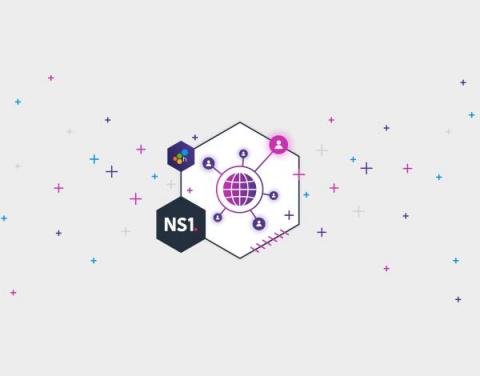Jack Henry Incorporates BubbleUp and Honeycomb's New Service Map to Quickly Debug Issues and Get Ahead of Customer Latency
Not long ago, we announced the launch of Honeycomb’s Service Map, a new feature that gives users the ability to get an overall, filterable view of their system and how everything is connected, along with some exciting new enhancements to BubbleUp. What’s the story behind these changes? They make it even easier for developers to zero-in on issues, even when they are hidden in billions of lines of code.











